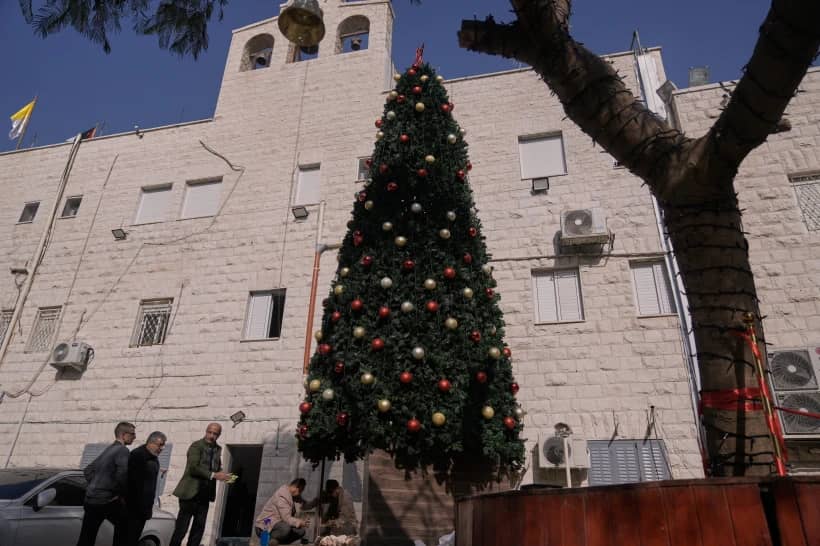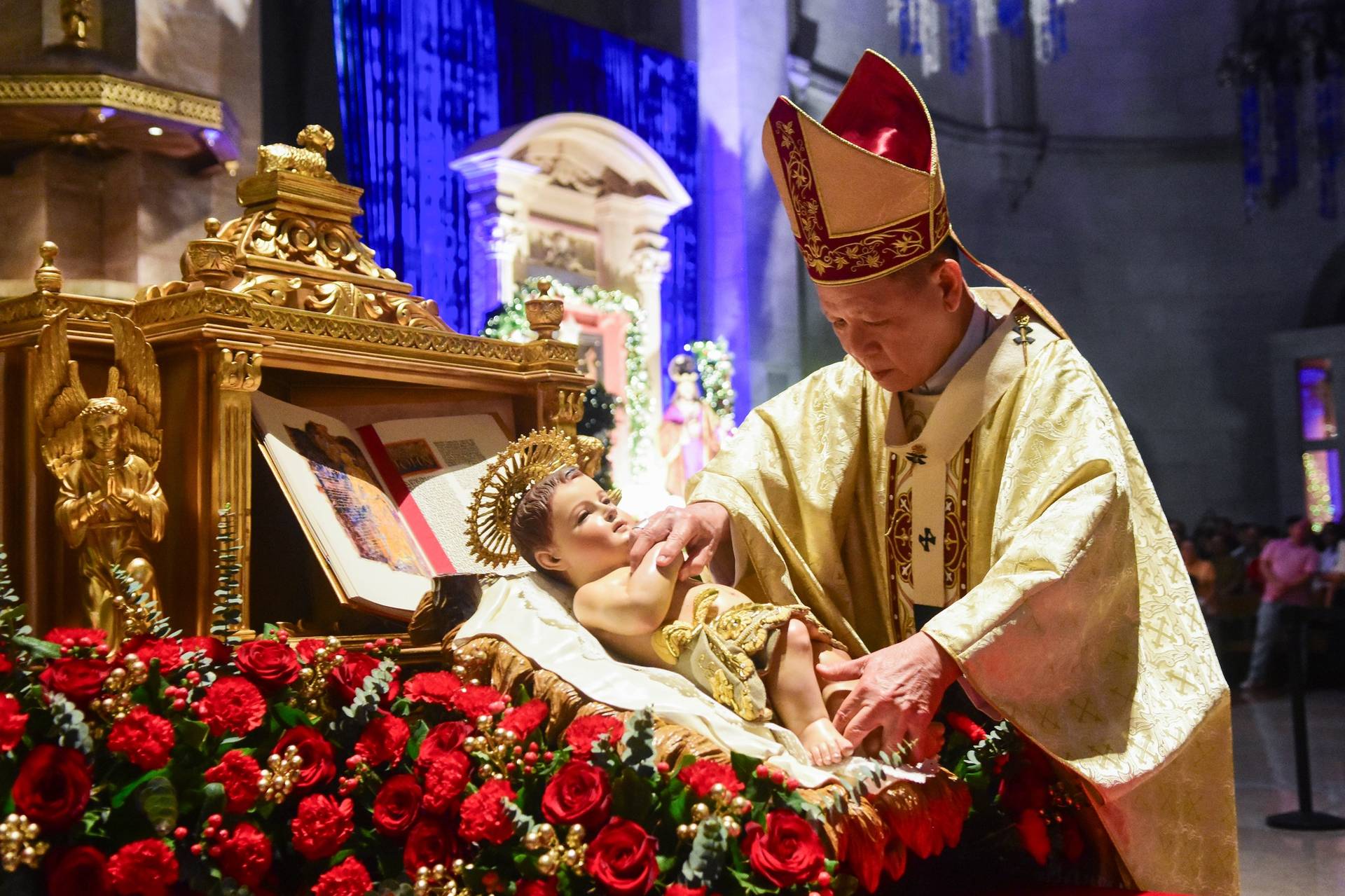MADRID — Spain has exhumed the remains of Spanish dictator Gen. Francisco Franco from his grandiose mausoleum outside Madrid and flown them by helicopter for reburial in a small family crypt north of the capital.
The government-ordered, closed-door operation on Thursday satisfies a decades-old desire of many in Spain who considered the vainglorious mausoleum that Franco built an affront to the tens of thousands who died in Spain’s Civil War and his subsequent regime as well as to Spain’s standing as a modern democratic state.
After his coffin was extracted from under marble slabs and two tons of granite, a brief prayer was said in line with a request from Franco’s family before the coffin began its journey to its new resting place 35 miles away.
The dictator’s body was carried out of the mausoleum, and taken by helicopter to Mingorrubio cemetery where his wife is buried. The helicopter arrived at a nearby military area and the coffin was placed in a hearse to be driven the short distance to the cemetery for the reburial.
In a bid to guarantee privacy and avoid the actual exhumation operation being videoed and posted on social media, the government banned cameras and mobile phones among the 22 Franco family members, government authorities and workers allowed into the mausoleum.
Fearing disturbances, the government banned a demonstration against the exhumation by Franco supporters at the Mingorrubio cemetery although some 500 people, some waving Franco-era flags and symbols and chanting “Viva Franco” gathered near the cemetery while police looked on. They shouted insults against interim Socialist Prime Minister Pedro Sanchez as the helicopter arrived.
Macarena Martínez Bordiu, a distant relative of the dictator, said she felt “outraged” with what was happening and accused the government of “desecrating a tomb.”
The former Spanish prime minister, Jose Luis Rodriguez Zapatero, told Spanish national television that the exhumation “has great significance for our democracy. Today our democracy is more perfect.”
According to the Spanish daily newspaper El Pais, it’s a major moment for the country: “Spain finishes with the last major symbol of the dictatorship,” it said in its main headline to its print edition Thursday.
The exhumation and reburial will not put an end to Franco’s legacy on Spain’s political scene, since it comes just weeks ahead of the country’s Nov. 10 general election.
Franco ruled Spain between 1939 and 1975, after he and other officers led a military insurrection against the Spanish democratic government in 1936, a move that started a three-year civil war.
A staunch Catholic, he viewed the war and ensuing dictatorship as something of a religious crusade against anarchist, leftist and secular tendencies in Spain. His authoritarian rule, along with a profoundly conservative Catholic Church, ensured that Spain remained virtually isolated from political, industrial and cultural developments in Europe for nearly four decades.
The country returned to democracy three years after his death but his legacy and his place in Spanish political history still sparks rancor and passion.
For many years, thousands of people commemorated the anniversary of his Nov. 20, 1975, death in Madrid’s central Plaza de Oriente esplanade and at the Valley of the Fallen mausoleum outside of the capital. And although the dictator’s popularity has waned immensely, the exhumation has been criticized by Franco’s relatives, Spain’s three main right-wing parties and some members of the Catholic Church for opening old political wounds.
The exhumation was finally authorized by the Supreme Court in September when it dismissed a months-long legal bid by Franco’s family to stop it.
The exhumation stemmed from amendments of a 2007 Historical Memory Law passed by Zapatero’s government that aimed to seek redress for the estimated 100,000 victims of the civil war and the Franco era who are buried in unmarked graves, including thousands at the Valley of the Fallen. The legislation prohibited having Franco’s remains in a public place that exalted him as a political figure.
Having been unable to press ahead with the exhumation last year, Sánchez wanted the exhumation and the reburial completed by the Nov. 10 election, a move that opposition parties say smacks of electioneering.
AP writer Aritz Parra contributed to this story.
Crux is dedicated to smart, wired and independent reporting on the Vatican and worldwide Catholic Church. That kind of reporting doesn’t come cheap, and we need your support. You can help Crux by giving a small amount monthly, or with a onetime gift. Please remember, Crux is a for-profit organization, so contributions are not tax-deductible.















